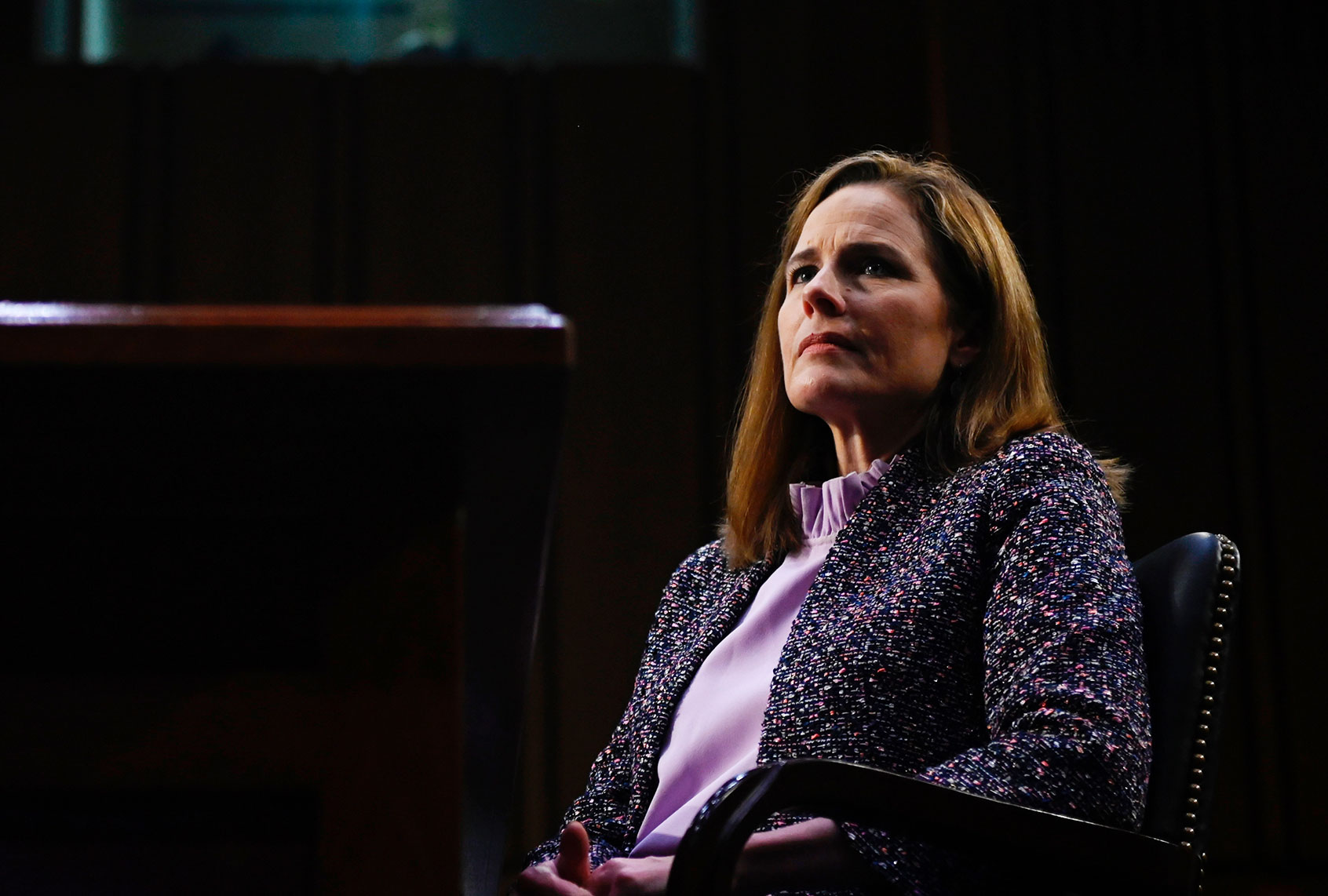By Tom Joyce
Regardless of what the pro-choice side says, Amy Coney Barrett is correct: No one is forcing a woman to raise a child once he or she is born.
Last week, the Supreme Court justice inquired about safe haven laws during oral arguments in Dobbs v. Jackson Women’s Health Organization. The case involves a 2018 Mississippi law that bans abortion after 15 weeks, except to protect the life of the mother.
During oral arguments on Wednesday, Barrett mentioned safe haven laws when talking about Roe v. Wade. She said, “Insofar as you and many of your amici focus on the ways in which forced parenting, forced motherhood, would hinder women’s access to the workplace and to equal opportunities, it’s also focused on the consequences of parenting and the obligations of motherhood that flow from pregnancy. Why don’t the safe haven laws take care of that problem? It seems to me that it focuses the burden much more narrowly.”
Safe haven laws offer an easy way for a mother to drop off an unharmed, unwanted newborn baby with no questions asked and without any legal obligation to the child. Depending on the state, a mother may have 72 hours after giving birth or up to 90 days to do so.
States, municipalities, and safe haven locations, including police stations and fire departments, need to do a better job of promoting where safe haven sites are in their respective communities with additional signage. However, Barrett is correct that this is a serious alternative to abortion — and one that doesn’t kill a child.
Safe haven laws exist to prevent unwanted children from being killed. They were implemented in all 50 states as a direct response to infanticide. In Massachusetts, for example, someone gave birth at the University of Massachusetts, Amherst, and the baby was found dead in a trash can. So the Democratic-dominated Legislature worked with then-Gov. Mitt Romney to enact a safe haven law.
Safe haven laws weren’t in place at the time of the Roe and Planned Parenthood v. Casey rulings. This vital alternative to abortion came about in the late 1990s and early 2000s. As Texas governor, George W. Bush signed the first one into law in 1999. Therefore, it is something for Supreme Court justices to keep in mind when ruling on this case. It’s something that they didn’t have to consider when deciding those older cases.
Read More From The PatriotAmerican
There shouldn’t be a distinction between killing someone inside and outside of the womb. It’s still killing. The scientific consensus is that life begins at conception. That means every successful abortion ends a human life by killing someone, specifically the most vulnerable members of society. Therefore, abortion is evil and should not be legal.
Hopefully, the Supreme Court does the right thing and overturns Roe, leaving abortion laws to the states. In the meantime, states and municipalities should promote their safe haven laws so that people know they exist and can take advantage of them when necessary.

